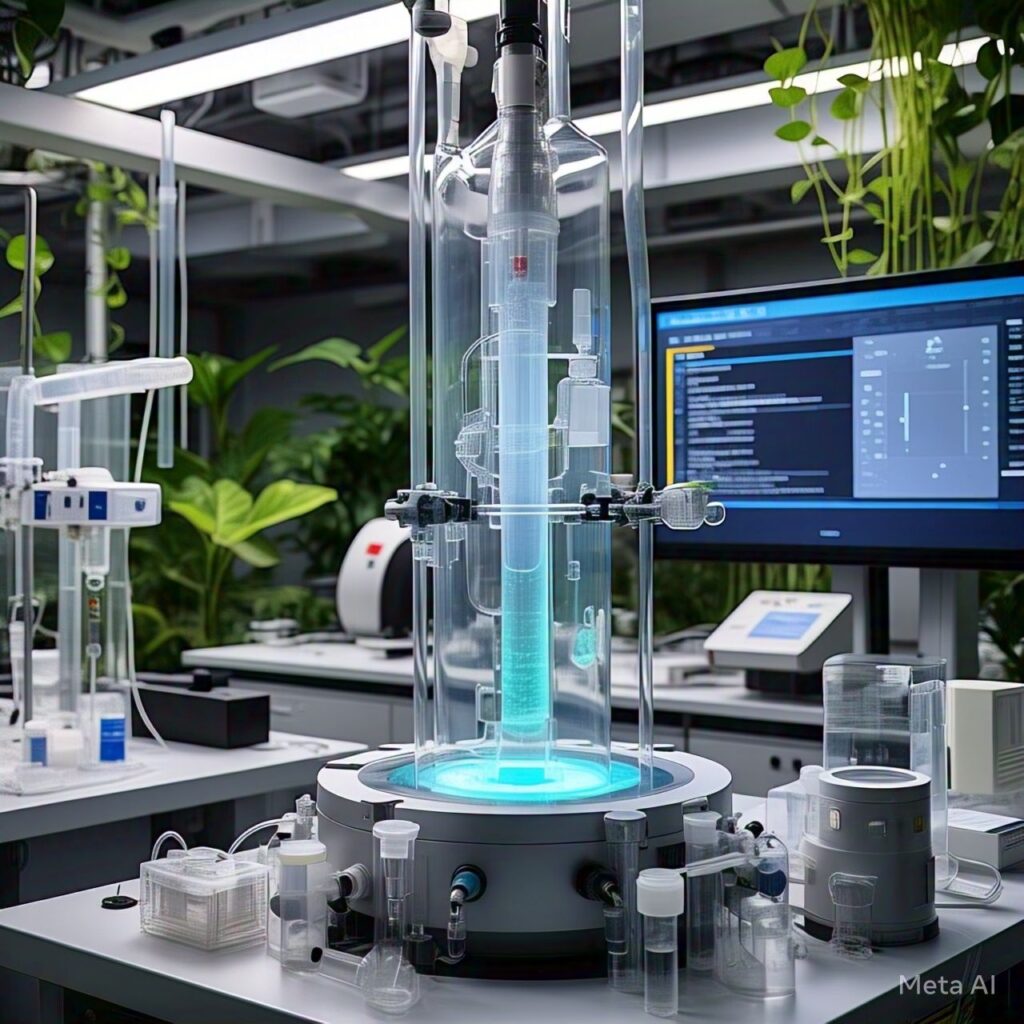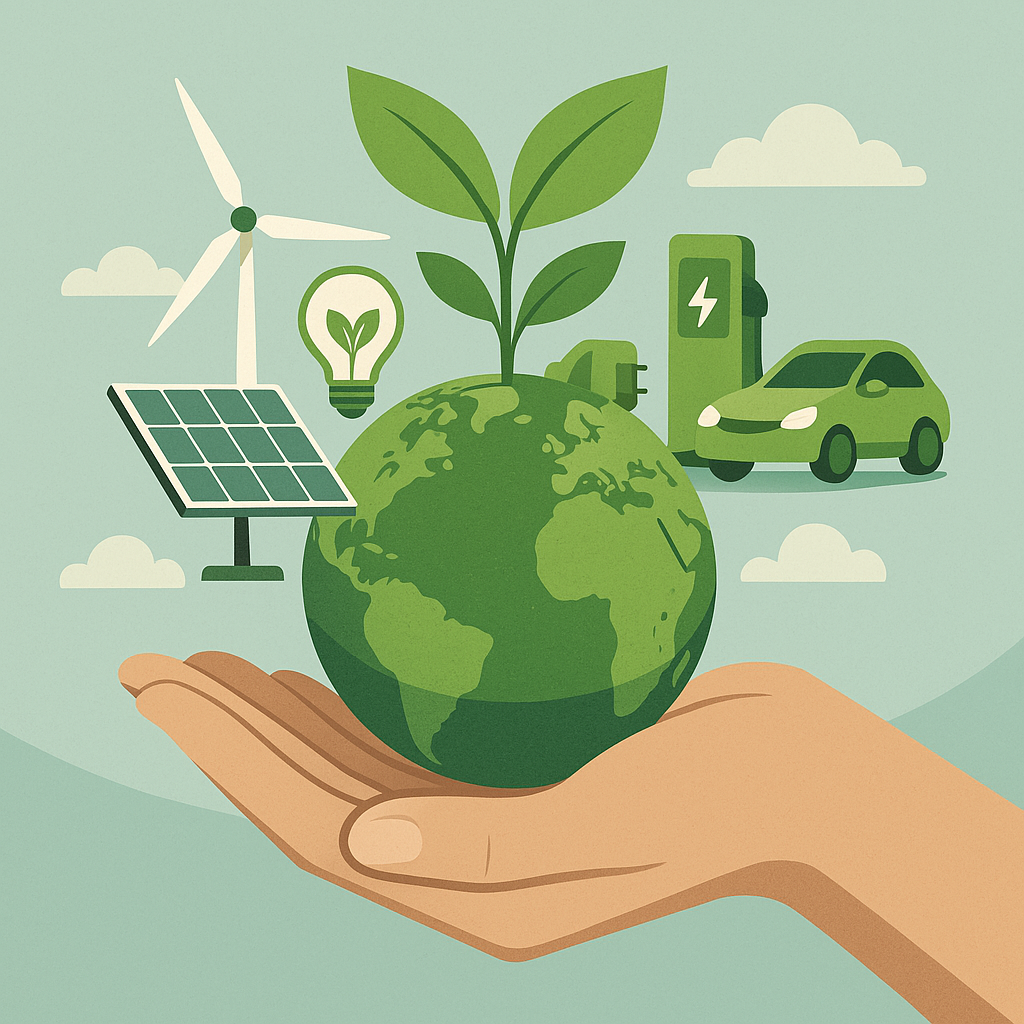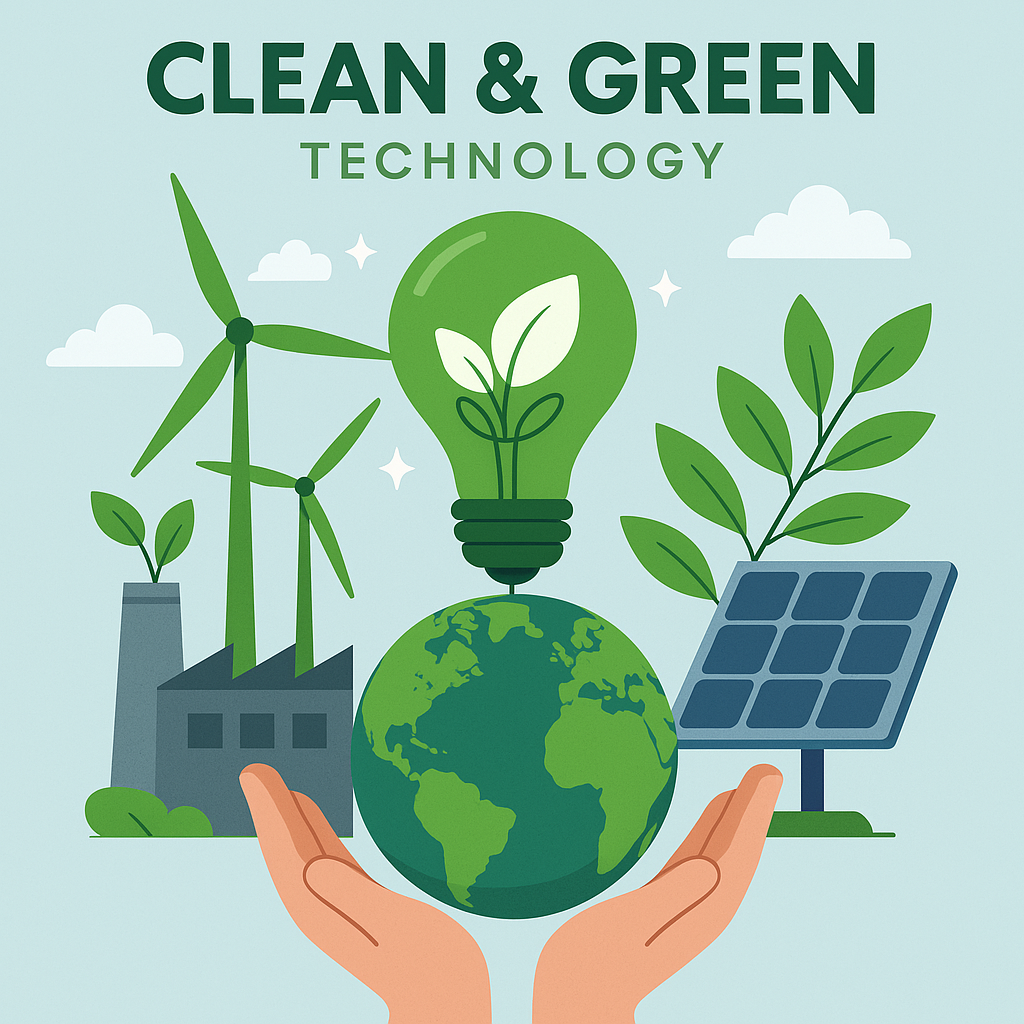Clean and green technology are transforming every industry, from energy and transportation to agriculture and construction. These technologies focus on reducing negative environmental impacts, conserving natural resources, and ensuring long-term sustainability. Their role is vital in combating climate change, enhancing energy efficiency, and paving the path toward a greener planet.
Table of Contents
Understanding Clean and Green Technology
Clean technology, often called cleantech, refers to innovative products, services, or processes that use less energy, reduce waste, and emit fewer pollutants. These technologies are designed to protect the environment and improve the performance of industries in a sustainable manner.
Green technology is a broader term that encompasses all innovations aimed at preserving the environment. It includes energy-efficient appliances, renewable energy systems, sustainable agriculture practices, green buildings, and more. The primary goal of both clean and green technology is to strike a balance between economic development and environmental conservation.

The Importance of Clean and green technology in Today’s World
The urgency to adopt clean and green technologies stems from the environmental challenges that threaten the health of the planet. Climate change, air and water pollution, deforestation, and biodiversity loss are all linked to unsustainable human activities. Green technology provides practical, scalable solutions to address these issues.
One of the most significant contributions of clean technology is its ability to reduce greenhouse gas emissions. By transitioning from fossil fuels to renewable sources of energy, we can significantly cut down carbon footprints and limit global warming. This is crucial for meeting international climate goals such as those outlined in the Paris Agreement.
Moreover, green technology improves energy efficiency, which means using less energy to perform the same tasks. This not only conserves resources but also reduces operational costs for businesses and households. It’s a win-win for both the economy and the environment.
Another vital aspect of clean technology is its role in conserving water and other natural resources. Innovative water filtration systems, smart irrigation methods, and sustainable farming practices ensure the responsible use of resources while maintaining productivity.
Types of Clean and Green Technologies
The range of Clean and green technology is vast, covering various sectors of the economy. Here are some of the most impactful and widely adopted types:
Renewable Energy
Renewable energy is at the forefront of the green technology revolution. It includes energy sources that are naturally replenished and cause minimal environmental harm.
- Solar Energy: Solar panels convert sunlight into electricity or heat. It’s a clean, abundant, and increasingly affordable source of power.
- Wind Energy: Wind turbines harness wind to generate electricity. Wind farms, both onshore and offshore, are becoming more common worldwide.
- Hydropower: This involves generating electricity using flowing water. It’s one of the oldest and most reliable renewable energy sources.
- Geothermal Energy: It uses heat from the Earth’s core to generate electricity and provide direct heating solutions.
- Biomass: Organic materials like plant waste and animal manure are converted into bioenergy, reducing reliance on fossil fuels.
Electric Vehicles (EVs)
Transportation is one of the leading contributors to air pollution and greenhouse gas emissions. Electric vehicles offer a cleaner alternative by running on electricity rather than gasoline or diesel. With advancements in battery technology and a growing charging infrastructure, EVs are gaining popularity across the globe.
Smart Grids and Energy Storage
Smart grids utilize digital technology to monitor and manage electricity usage efficiently. These systems are capable of responding to changes in energy demand and supply, reducing energy waste, and enhancing reliability. Energy storage systems, such as lithium-ion batteries, store excess electricity generated from renewable sources for use during non-productive hours.
Green Building Technologies
Sustainable construction practices are revolutionizing the real estate industry. Green buildings are designed to reduce energy consumption, use eco-friendly materials, and create healthier living environments. Features include advanced insulation, energy-efficient windows, solar rooftops, rainwater harvesting, and natural ventilation systems.
Water Purification and Management
Access to clean water is a growing global concern. Green technology offers solutions such as solar-powered desalination, advanced filtration systems, and wastewater recycling to ensure the sustainable management of water resources.
Waste Management and Recycling
Green technology also focuses on reducing, reusing, and recycling waste materials. From composting organic waste to recycling plastics and electronic waste, innovative solutions are helping to divert waste from landfills and reduce environmental pollution. Waste-to-energy technologies are also converting garbage into electricity, addressing both energy and waste challenges simultaneously.
Carbon Capture and Storage (CCS)
Carbon capture and storage involve capturing carbon dioxide emissions from industrial processes and storing them underground. This technology is essential for industries that are hard to decarbonize, such as cement and steel manufacturing.

Benefits of Clean and Green Technology
The advantages of adopting Clean and green technology extend beyond environmental protection. They contribute to economic growth, societal well-being, and global cooperation.
One of the most prominent benefits is the reduction of greenhouse gas emissions. By shifting to renewable energy and improving efficiency, we can significantly mitigate the impacts of climate change.
Clean technologies also promote energy independence. Countries can reduce their reliance on imported fossil fuels and instead harness locally available renewable resources. This enhances national security and economic resilience.
Job creation is another significant advantage. The renewable energy sector, for example, is labor-intensive and generates millions of jobs globally. From manufacturing solar panels to installing wind turbines, green jobs are transforming economies.
On a personal level, green technologies can lead to substantial cost savings. Households using solar panels or energy-efficient appliances often see a marked reduction in utility bills. Businesses that invest in sustainable practices benefit from improved efficiency and a stronger reputation.
Moreover, cleaner air and water lead to better public health outcomes. Fewer pollutants mean lower incidences of respiratory diseases, waterborne illnesses, and other health problems caused by environmental degradation.
Challenges in Adopting Clean and green technology
Despite their many benefits, clean and green technologies face several challenges that can slow their adoption and impact.
High initial costs remain a significant barrier, especially in developing countries. Although many green technologies result in long-term savings, the upfront investment can be prohibitive for low-income households and small businesses.
There is also a lack of awareness and understanding about green technologies. Misconceptions about their reliability, cost-effectiveness, and performance can deter adoption. Education and outreach programs are essential to inform the public and stakeholders.
Policy and regulatory frameworks often lag behind technological advancements. Inconsistent or unclear regulations can discourage investment and innovation in the green tech sector.
Technological limitations still exist, particularly in areas like energy storage and grid integration. Renewable energy sources such as solar and wind are intermittent, and without effective storage solutions, their reliability can be compromised.
In addition, some green technologies require rare earth materials or involve complex manufacturing processes, raising concerns about sustainability and supply chain ethics.
Government Initiatives and Policy Support
Governments play a pivotal role in promoting clean and green technology. Through subsidies, tax incentives, and supportive regulations, they can create a conducive environment for innovation and adoption.
In many countries, renewable energy projects benefit from government funding and incentives. Feed-in tariffs, net metering, and tax credits encourage investment in solar, wind, and other clean energy sources.
Strict emissions regulations and environmental standards push industries to adopt cleaner processes. Policies such as carbon pricing and cap-and-trade programs create financial incentives for reducing emissions.
Public investment in research and development is also crucial. By funding pilot projects and supporting early-stage startups, governments can accelerate the commercialization of green technologies.
International cooperation is another key aspect. Climate agreements like the Paris Accord encourage countries to commit to sustainability goals and share best practices.
Emerging Trends in Green Technology
The future of clean and green technology looks promising, with several exciting trends on the horizon.
Artificial intelligence (AI) and machine learning are being integrated into energy management systems to optimize resource use and reduce waste. Smart homes and smart cities are using connected devices to monitor energy, water, and air quality in real-time.
Green hydrogen, produced using renewable energy, is gaining attention as a versatile and clean fuel for industries and heavy transport.
The circular economy model is promoting the reuse and recycling of materials, reducing the need for raw resource extraction and minimizing waste.
In agriculture, precision farming technologies are helping farmers use water, fertilizers, and pesticides more efficiently, improving yields while reducing environmental impact.
Sustainable packaging made from biodegradable or recyclable materials is transforming the consumer goods industry, reducing plastic pollution and encouraging responsible consumption.
Role of Individuals in Supporting Green Tech
While large-scale change requires systemic efforts, individuals also have a vital role to play. By making conscious choices, people can support the transition to a greener future.
Choosing renewable energy for homes, investing in energy-efficient appliances, and reducing single-use plastics are some ways individuals can contribute.
Supporting businesses that prioritize sustainability and advocating for green policies at the local level can also drive broader change.
Educating oneself and others about environmental issues and clean technology helps build a culture of responsibility and innovation.
Conclusion
Clean and green technology represents a powerful solution to the dual challenge of environmental sustainability and economic development. As the world confronts the realities of climate change, pollution, and resource scarcity, these technologies offer a path forward that is both responsible and promising.
Adopting clean technology is not just about protecting the environment—it’s about creating a better quality of life, ensuring energy security, and fostering economic resilience. With the right investments, policies, and public support, clean and green technology can usher in a sustainable future for generations to come.
